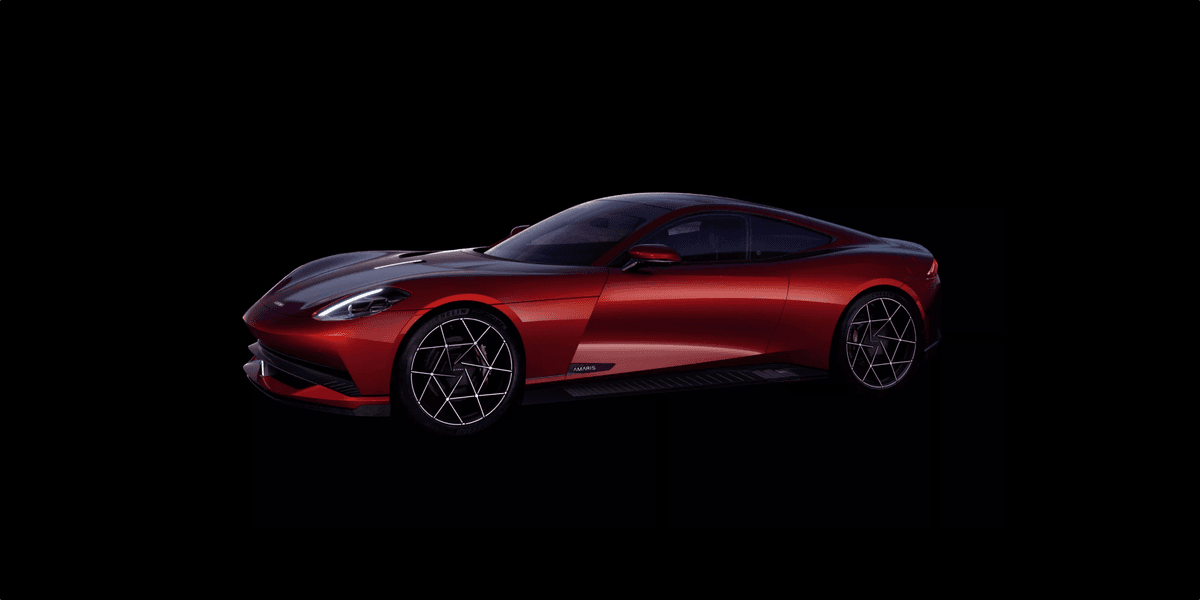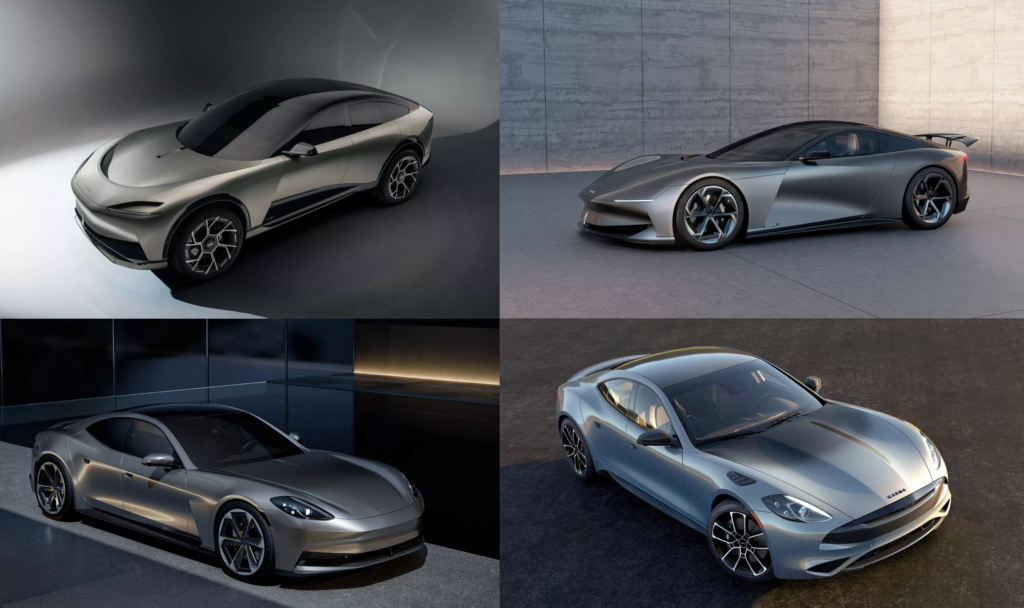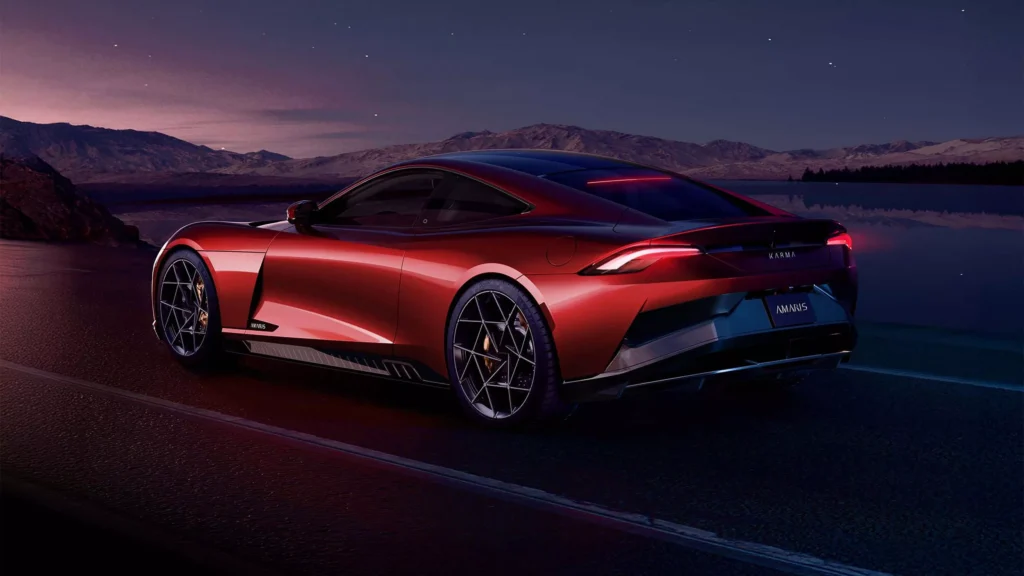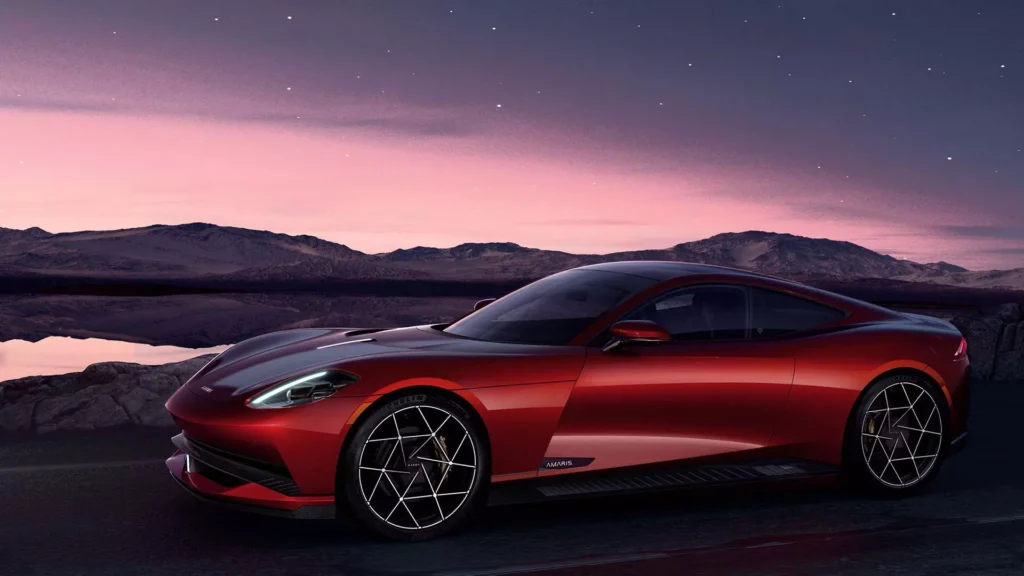Karma Automotive Announces Another Stylish, Hypothetical Model
On paper, Karma’s new Amaris coupe is a compelling, beautiful car, but it’s questionable whether it will ever hit production.

Karma Automotive has had a rough history.
Once known as “Fisker Automotive,” the company was founded in 2007 by famed Danish designer Henrik Fisker, who sought to make the ultimate luxury plug-in hybrid sports sedan. That car, the Fisker Karma, launched in 2011 and was a beautiful but unreliable and expensive car, with endemic complaints about quality control. Some celebrities bought them, but not enough to prevent the brand from going belly up, and it declared bankruptcy in 2013. It sold for parts to the Communist Chinese parts company, Wanxiang Group, who renamed the company Karma Automotive; helpfully, as Mr. Fisker founded another electric car company, Fisker Inc, which also filed for bankruptcy in February 2024 after launching only one model, the Fisker Ocean.
Karma Automotive is still chugging along, but that remains a constant surprise, as they’re entirely bound to that first model. In 2017, they launched the Karma Revero, which was essentially a less distinctive, updated version of the Fisker Karma, and this is still their only model that you can buy; including the Invictus, a limited edition, more expensive, fully-carbon-bodied version announced last November that looks remarkably similar to Henrik Fisker’s original design. There’s also a separate company, Drako, which builds their own high-powered EV sedan which is based on the original Fisker Karma, but has nothing to do with either Henrik Fisker, Fisker Inc. or Karma Automotive.
This hasn’t stopped Karma from announcing a range of other cars, which you can see renders of on their website, and have been shown in prototype or design study form, but have not been tested by car journalists, nor hit production. There’s the 1,180 horsepower Kaveya supercar and Ivara crossover — the former currently slated for production in 2027, and the latter to follow the year after — and the Gyesera, which looks like an updated Revero and was meant to go into production in Q4 of 2024 or Q1 of 2025. It didn’t — which Karma attributes to their shift from a pure EV platform to an EREV powertrain — and is now supposed to reach production at the end of this year.

It’s not a great look for a company that has sold fewer than 1,000 cars in a decade to keep revealing new models, intended to hit production in some years to come — I can’t helping thinking of Lotus unveiling 5 new models in 2010, only to never produce them. But Karma seems to disagree, as, at the end of March, they unveiled yet another model, the Amaris coupe, a hybrid sportscar with “production anticipated for 2026,” according to Karma’s representatives.

In theory, this is a good car. It’s beautiful — with side exhausts and upward-hinged “swan doors” — and is meant to be powered by one of the best powertrain layouts available: a fully electric platform that uses a four-cylinder turbocharged engine as a generator. It sounds complicated, but theoretically, this spares you a lot of the weight of the enormous batteries of a pure EV and adds the convenience of refueling at gas stations while retaining all the efficiencies of electric motors. Karma cites a 0-60 time of 3.5 seconds and a top speed of 165 miles an hour.
But it’s also hard to get excited. Karma’s press pictures are all renders — though they did show a “prototype” of the car during their unveiling event — and my previous paragraph gives you every detail about this car that Karma has provided, besides that it will share the Gyesera’s platform. Karma hasn’t said which company would make the engine, what the electric range would be, or what it will be priced at, which are important details.

Maybe the Amaris, and the rest of Karma’s announced range, will eventually release. Their Communist Chinese owners have — strangely — invested many millions into this brand, and they presumably would like a return on their investment. But I’m reminded both of Fisker Inc. and Faraday Future. Both EV brands got a lot of publicity, raised a lot of money, and announced ambitious line-ups, but neither went anywhere. Fisker went bankrupt after releasing a single model. Faraday Future has delivered only a handful of vehicles since promising production would begin in 2017. Why would Karma be any different?
This article has been corrected according to Karma’s slated production timeline, and correct two misspellings of the “Amaris” and one for “Gyesera”

